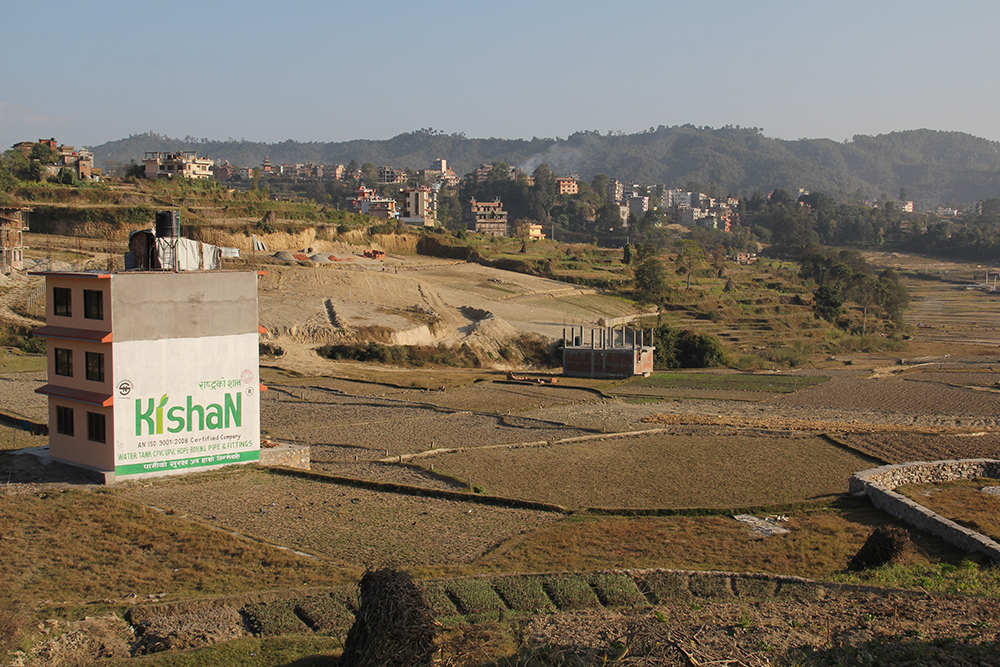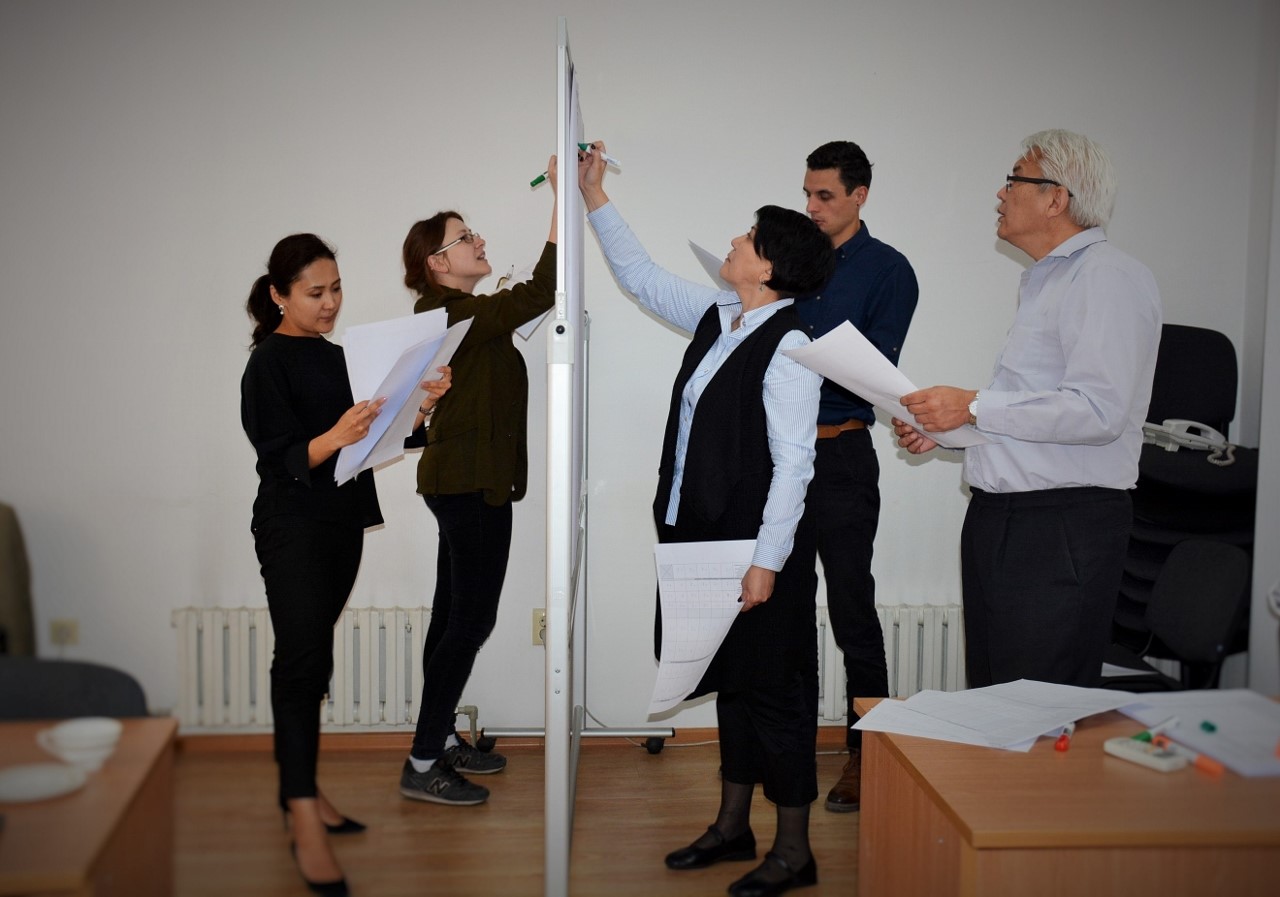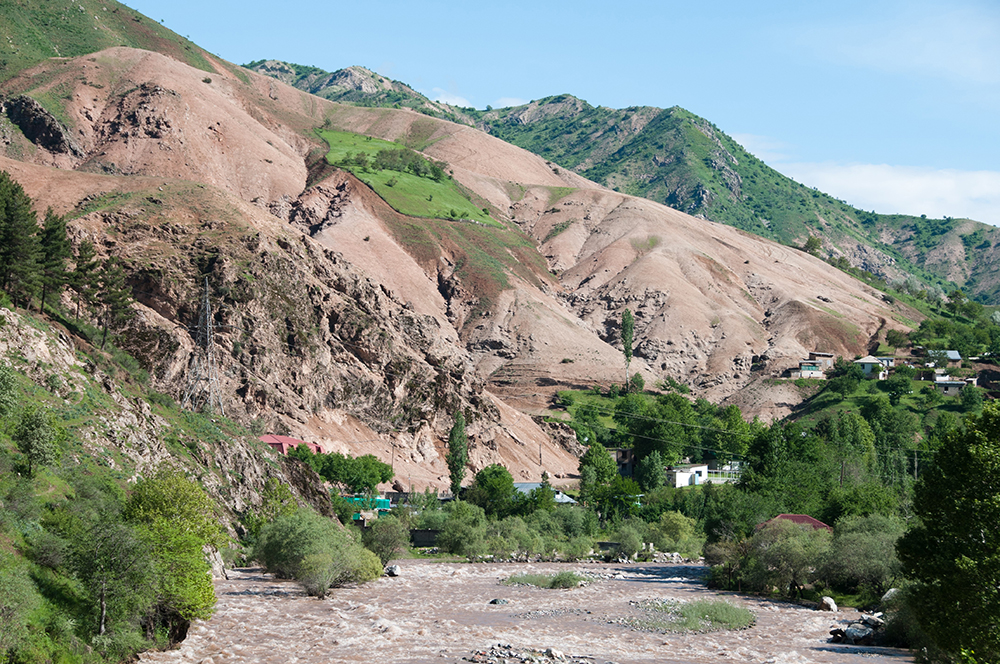A new MRI publication highlights the importance of spatial context in monitoring and reporting on the Sustainable Development Goals. With reflections based on research in mountain regions, the paper calls for data collection methodologies and review schemes that take into account how SDGs may be reflected at sub-national and regional levels. This recent publication in the GAIA Open Access Thematic Issue: Research for Sustainable Development Goals (SDGs) was developed by the MRI and the Center for Development and Environment (CDE), as part of our collaboration on the Sustainable Mountain Development for Global Change (SMD4GC) programme.
In September 2015, the General Assembly of the United Nations unanimously adopted the Agenda 2030 for Sustainable Development. Central to this agenda are 17 Sustainable Development Goals (SDGs) and 169 related targets. By committing to the 2030 Agenda, countries have promised to work towards sustainable development, pledging to leave no one behind. However, for those that are marginalized due to living in remote mountainous regions, for example, the risk of exclusion remains.

Assessing benefits and trade-offs of the dynamic development in the Jhikhu Khola watershed, Nepal is essential to guide further efforts towards achieving the SDGs (Photo: Susanne Wymann von Dach, 2017).
Mountain areas of the world are highly diverse in terms of environment, culture, and politics, and this in turn influences local conditions – and thereby also the respective development pathways. In national level reviews, such mountain specificities sit within large administrative units and remain difficult to identify and distinguish. Localizing the SDGs could facilitate evidence-informed reviews and decision-making by addressing targeted development agendas for mountains.
However, so far very little guidance is available for countries to account for sub-national or regional spatial considerations, such as mountain territories. A critical step forward is producing spatially disaggregated data to identify patterns of socio-economic disparities within countries. At the moment, data availability is clearly inadequate for monitoring SDGs in a mountain context. Support is needed, especially for strengthening statistical offices at both the national and local level.

Experts in Kyrgyzstan assess the interactions between SDG targets that are of high priority and help to strengthen the resilience of mountain people and ecosystem in the Kyrgyz mountains (Photo: Alma Uzbekova, UCA, 2018).
Participatory approaches are often recommended when engaging in processes of co-production of knowledge to localise the SDGs, ensuring relevance, ownership, commitment and effective means for implementation of policies. Although such approaches require time and resources, the benefits of local participation are important as a basis for social learning. Furthermore, success in participatory approaches relies not only on the quality of frameworks used, but in the criteria applied to assess their effectiveness.
The authors conclude that enhancing national level reporting with insights and inputs from sub-national reviews, such as those that explicitly account for mountain areas, enables an evidence-informed debate and decision-making context that considers the needs of marginalized or distant communities, which are also relevant for regional and global level reviews and decisions on governing sustainable development across national boundaries. To facilitate this process, new methods and experiences need to be developed and shared to address mountain specificities, for instance via networks and platforms such as the Localizing the SDGs website.
Read the GAIA Open Access Thematic Issue: Research for Sustainable Development Goals (SDGs) in full here.
MORE ON THIS TOPIC | ISSUE BRIEF: LEAVING NO ONE IN MOUNTAINS BEHIND
Discover more about the MRI's work to develop an approach for assessing sustainable mountain development using the UN Sustainable Development Goals framework here.







